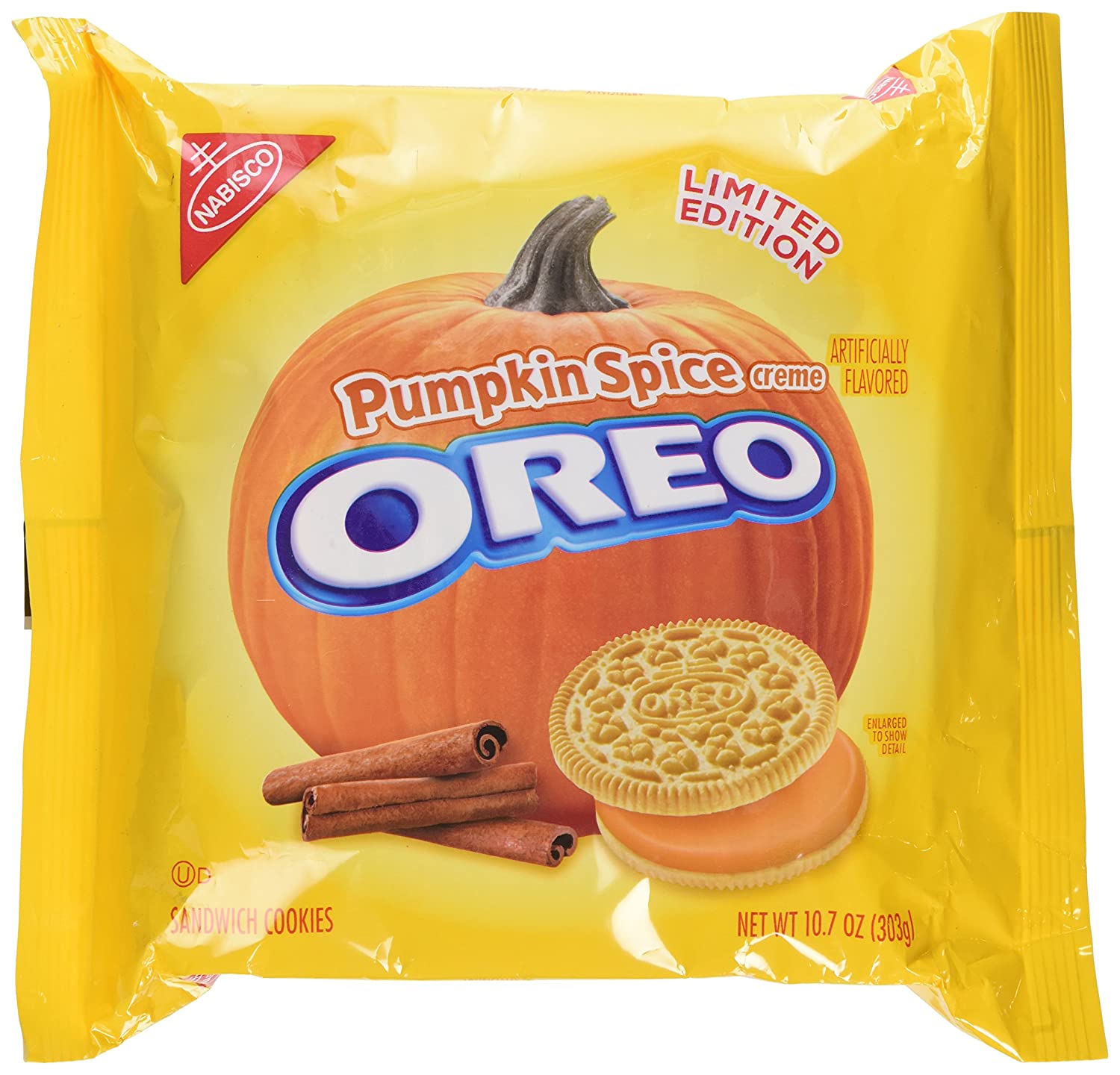Last year a group of researchers from Kellogg School of Management (Chelsea Galoni, Gregory S. Carpenter, and Hayagreeva Rao) set to figure out a mysterious trend. Why during the pandemic were both sales of organic foods and Big Macs surging? Surely, they thought, it should be one or the other… either we should all be fleeing toward the products that make us feel most comfortable (pizza, fries, hot dogs, and Big Macs) or we should all be going on the biggest health kicks ever. A split was just mystifying.
To understand what might be driving the split, these researchers studied past behavior during pandemics and realized that humans responded in two key ways: Disgust and fear. According to psychologists, fear and disgust are each an emotion that humans seek to resolve immediately, and gaining control is one of the most effective ways to counteract uncomfortable emotions. Gaining control is easily achieved by reverting to familiar territory. My six-year-old eats an apple with her breakfast every day and my four-year-old eats a banana with his. They still remind me of the time I completely ruined their day by presenting blueberries and strawberries as a morning fruit rather than an afternoon snack. Every morning they gain control by making sure I am preparing their respective apple slices and banana.
Here are some examples that show consumers did exactly this during the pandemic:
- Oreo cookie sales surged, but only the traditional kind. We were too disgusted and afraid to try the special edition mint or pumpkin.
- People who bought organic foods had always bought them, and did not switch brands… they stuck with the brands and stores to which they had always gone.
- McDonald’s saw their biggest sales increase since 2013 when they whittled their menu down to their most classic offerings (the ones we’ve known and loved since childhood).
So, what does this mean for your business?
First, make your brand familiar. This is achieved by consistency. The more we hear from someone, the more likely we are to like them and be their friend. The same is true for brands. When soup sales went up during the pandemic, these same researchers found a disproportionate increase in Campbell’s Soup sales. Not surprisingly, this company outspends its competitors on advertising most of the time. We hear from them a lot.
Next, sprinkle innovation into the familiar. When Steve Jobs created the iPhone, he didn’t take our ability to use a phone away… he just added to it. Maybe Nabisco should have made a combo pack with original and pumpkin flavor Oreos to get folks to adopt the pumpkin during such perilous times.
Finally, be careful about the way you use the word “new.” “New inventory” may not be as appealing as “same styles you’ve always loved, with a modern twist” for example. In fact, I bet you’re thinking about how one of your favorite brands does this right now (and you keep running back to them, don’t ya?).
Beyond the pandemic, we can use these lessons learned to strengthen our brands and sales on a regular basis. After all, it’s not only during pandemics that we feel afraid, disgusted, or cognitively dissonant. What if your brand always had enough comfort to match its innovation and new offerings? What if you were constantly asking your customers what makes them most comfortable about your products, services, or programs as well as most satisfied? Have you ever even asked that?
Many of us have not, but it’s never too late to start. After all, the first time I tried kale, I dressed it with ranch… Hidden Valley Ranch… the kind I ate when I was little.











